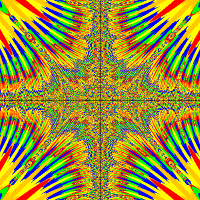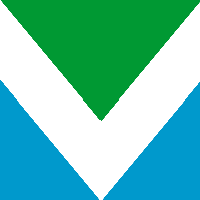I'll try it both ways (Hippo's way and Danpost) although, Dan, we did see 2D arrays but not in Java, I only learned it in C#. I guess it won't be hard to 'convert' it, but could you give a little example of the placing of the chips and/or the usage of the 1, 0 and -1 in a move function?
So: Hippo, I tried your way to at least add the pieces.
and the 2 arrays on top:
That gives me only this, though:

public void chipsAdd()
{
for (int j=0; j<10; j++) //rows
{
if (j==4 || j==5) continue; //don't place something in the middle
Actor a;
if (j<4) //black on top
{
a=new Zwarteschijf(zwarteSchijven[j],"zwart"+zwarteSchijven[j]+".jpg" );
for (int i=0; i<10; i++) //columns
{
if ( (i+j) % 2 == 1)
addObject(a,25+50*i,25+50*j);
}
}
else //white at bottom
{
a=new Witteschijf(witteSchijven[j],"wit"+witteSchijven[j]+".jpg" );
for (int i=0; i<10; i++) //columns
{
if ( (i+j) % 2 == 0)
addObject(a,25+50*i,25+50*j);
}
}
}
} private String[] witteSchijven =
{ "1", "2", "3", "4", "5", "6", "7", "8", "9", "10", "11", "12", "13", "14", "15", "16", "17", "18", "19", "20" };
private String[] zwarteSchijven =
{ "A", "B", "C", "D", "E", "F", "G", "H", "I", "J", "K", "L", "M", "N", "O", "P", "Q", "R", "S", "T" };





